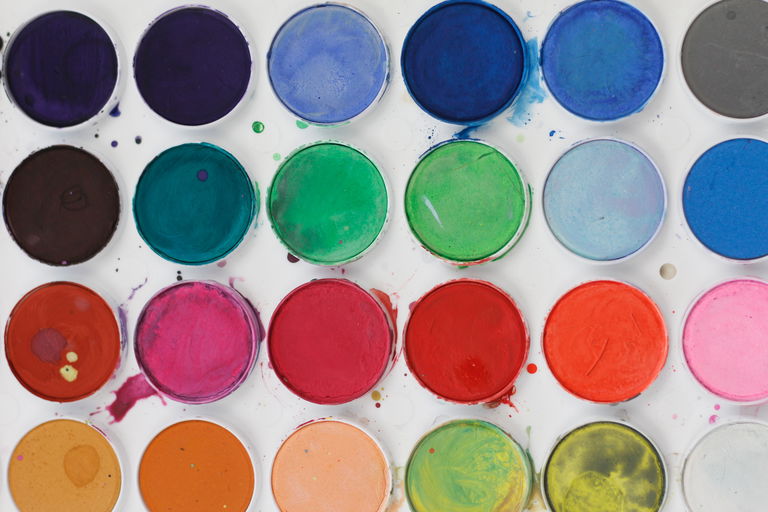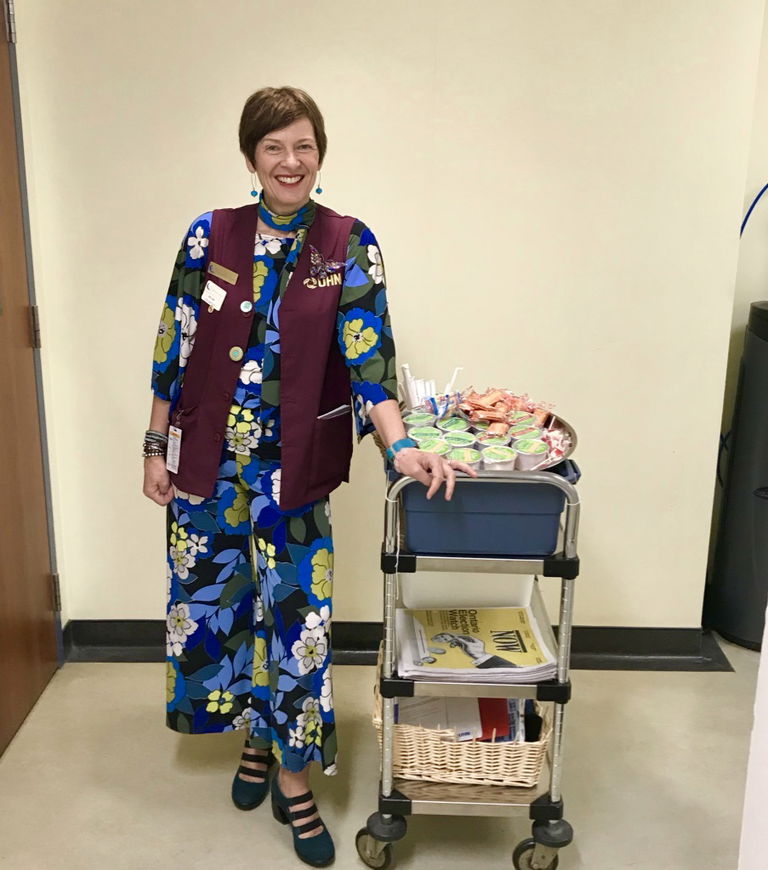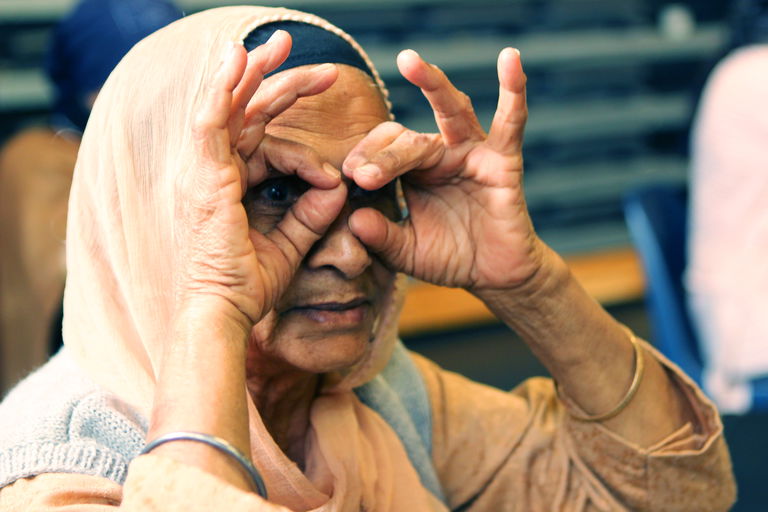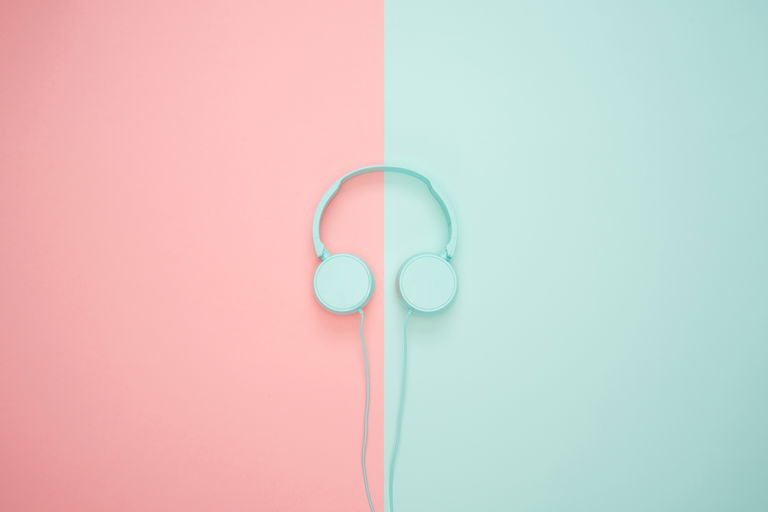
Connecting to Colour
Aubrey Reeves
Jul 17, 2019
It’s January in Toronto and the sky is grey, the streets are grey, and gardens are buried under a layer of crusty grey ice. I’m in the chemotherapy unit waiting room at Princess Margaret Cancer Centre, where the mood is definitely grey, with a dozen or so patients waiting solemnly for their numbers to get called. But then Gillian Grant walks in, resplendent in a fuchsia dress with a pattern of orange and white flowers, a bright blue scarf, dangling multi-coloured earrings and a tray of juice and cookies in her hands. Her colourful ensemble immediately puts a smile on my face.

Each Wednesday, Gillian volunteers at the chemo unit where she always arrives dressed in an eye-popping mix of cheerful colours with the express purpose of brightening up the day for the patients. Gillian is a walking kaleidoscope as she moves through the waiting room greeting people and dispensing snacks. She’s been doing her weekly volunteer rounds since recovering from Non-Hodgkin’s lymphoma in 2003 and explains: “I remember the fear on treatment days, and how hard it was to stay calm on such a long day of 100 percent stress. I volunteer to help ease the tension. My job is to listen, support and connect with patients and if I can bring a little levity and laughter …even better! One of my favourite ways to shake up the gloom is to arrive dressed in COLOUR. Lots of colour. Not a hint of black. Not even in my shoes.”
The great colour theorist Johannes Itten wrote in his 1961 treatise Elements of Color that “Colors are forces, radiant energies that affect us positively or negatively, whether we are aware of it or not…The effects of colors should be experienced and understood, not only visually, but also psychologically and symbolically.” Seeing Gillian leaves me in little doubt of the power of colour to affect mood and has inspired me to seek out more informal colour therapy.
My once-a-week chemo treatments take place in the late afternoon on Wednesdays, while my daily radiation treatments are in the morning; thus, I’ve got several unscheduled hours in the middle of the day. Luckily, Princess Margaret Cancer Centre is just a couple blocks away from the Art Gallery of Ontario. So, I head over to the AGO and get a new membership.
I wander the galleries taking in a bit of this and that until I come to the 20th century galleries. There I encounter Abenaki/Québécoise artist Rita Letendre’s Daybreak (1983), a massive canvas airbrushed with stripes of blue and orange suggesting a sunrise. With early influence from Quebec’s Les Automatistes and Les Plasticiens, Letendre went on to forge her own hard-edged colourful style in the 1950s and 60s informed by Abstract Expressionists, Zen Buddhism and a desire to express her spirituality. Beginning in the 70s, Letendre painted with an airbrush, which softened her compositions as seen in Daybreak.

For me, visiting the AGO proves to be a very happy interruption to my time at the hospital. While there is some early neuroscience research showing that viewing art releases dopamine (the so-called “feel-good” neurotransmitter) into the brain, many questions remain as to why. It could be a reaction to the perception of beauty, personal associations with the subject matter of the artworks or simply that when viewing artwork, the brain is alert, curious and engaged. For me, it was clearly colours that stimulated my brain, improving my mood and emotions during the grey winter and helping me cope with the unpleasantness of chemotherapy treatment days.

I come to the end of my treatment schedule just as the first green shoots of spring begin to emerge from the ground. As I heal and recover, hints of colour can be spotted throughout the once grey city lifting my spirits again.
This post is part of a special three-part series by Aubrey Reeves. Read the other instalments here, and here.




